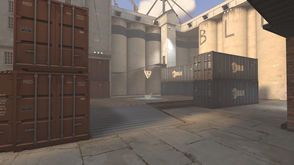Granary Pro
cp_granary_pro_rc8cp_granary_pro is a 5CP map, created from the basis of cp_granary, which was originally created by Valve.
Some of the tactics written on the default cp_granary may be applicable to this map.
Contents
History
A granary is a storehouse or room in a barn for threshed grain or animal feed. Ancient or primitive granaries are most often made out of pottery. Granaries are often built above the ground to keep the stored food away from mice and other animals.
Early origins
From ancient times grain has been stored in bulk. The oldest granaries yet found date back to 9500 BC[1] and are located in the Pre-Pottery Neolithic A settlements in the Jordan Valley. The first were located in places between other buildings. However beginning around 8500 BC, they were moved inside houses, and by 7500 BC storage occurred in special rooms.[1] The first granaries measured 3 x 3 m on the outside and had suspended floors that protected the grain from rodents and insects and provided air circulation.[1]
In the latest development of Granary Pro, changes in favour of competitive gameplay included expanding mid, removing props, raising the ceiling in choke and moving forward spawns backwards.
These granaries are followed by those in Mehrgarh in the Indus Valley from 6000 BC. The ancient Egyptians made a practice of preserving grain in years of plenty against years of scarcity. The climate of Egypt being very dry, grain could be stored in pits for a long time without discernible loss of quality. The silo pit, as it has been termed, has been a favorite way of storing grain from time immemorial in all oriental landsTemplate:Clarifyme. In Turkey and Persia, usurers used to buy up wheat or barley when comparatively cheap, and store it in hidden pits against seasons of dearth. In Malta a relatively large stock of wheat was preserved in some hundreds of pits (silos) cut in the rock. A single silo stored from 60 to 80 tons of wheat, which, with proper precautions, kept in good condition for four years or more.
East Asia
Simple storage granaries raised up on four or more posts appeared in the Yangshao culture in China and after the onset of intensive agriculture in the Korean peninsula during the Mumun pottery period (c. 1000 B.C.) as well as in the Japanese archipelago during the Final Jōmon/Early Yayoi periods (c. 800 B.C.). In the archaeological vernacular of Northeast Asia, these features are lumped with those that may have also functioned as residences and together are called 'raised floor buildings'.
Southeast Asia
In vernacular architecture of Indonesian archipelago granaries are made of wood and bamboo materials and most of them are built raised up on four or more posts to avoid rodents and insects. Examples of Indonesian granary is Sundanese leuit and Minang rangkiang.
Great Britain
In Great Britain small granaries were built on mushroom shaped stumps called staddle stones. They were built of timber frame construction and often had slate roofs. Larger ones were similar to linhays, but with the upper floor enclosed. Access to the first floor was usually via stone staircase on the outside wall.[2]
Towards the close of the 19th century, warehouses specially intended for holding grain began to multiply in Great Britain. There are climatic difficulties in the way of storing grain in Great Britain on a large scale, but these difficulties have been largely overcome.
Modern
Modern grain farming operations often use manufactured steel granaries to store grain on-site until it can be trucked to major storage facilities in anticipation of shipping. The large mechanized facilities, particularly seen in Russia and North America are known as grain elevators.
Moisture control
Grain must be kept away from moisture for as long as possible to preserve it in good condition and prevent mold growth. Newly harvested grain brought into a granary tends to contain excess moisture, which encourages mold growth leading to fermentation and heating, both of which are undesirable and affect quality. Fermentation generally spoils grain and may cause chemical changes that create poisonous mycotoxins.
One traditional remedy is to spread the grain in thin layers on a floor, where it is turned to aerate it thoroughly. Once the grain is sufficiently dry it can be transferred to a granary for storage. A modern variation on this, is to use a grain auger to move grain stored in one grainery to another.
In modern silos, grain is typically force-aerated in situ or circulated through external grain drying equipment.
Usage in competitive
Template:Granary Pro/MapLeagueInclusionTable
Map Locations
Middle point
| Granary Pro — The middle point |
|---|
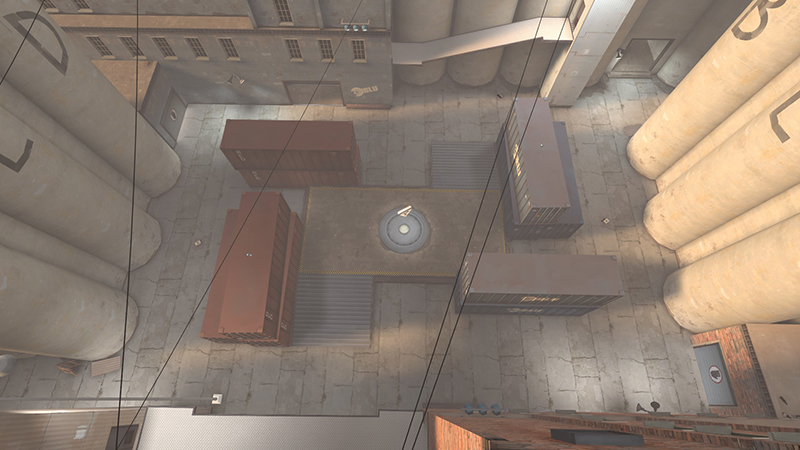
Garage Choke Balcony / Catwalk Top left (crate) / 2 Top right (crate) / 3 Back left (crate) / 1 Back right (crate) / 4 Far left Far right |
Second point
| Granary Pro — The second point, yard |
|---|
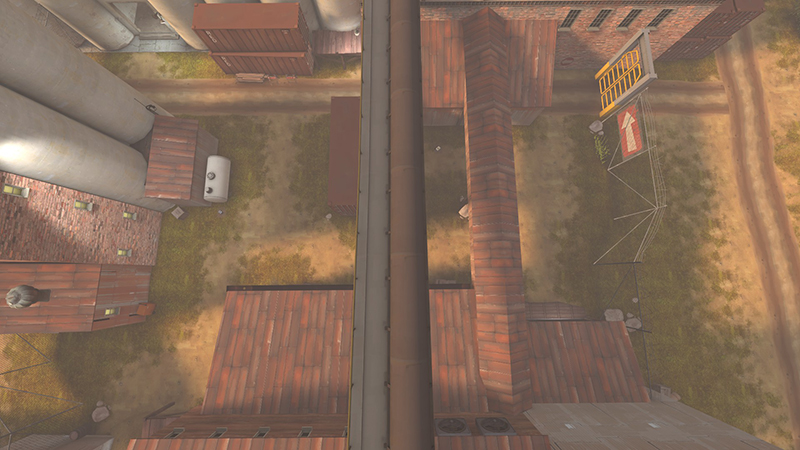
Choke Window Garage Left yard Right yard |
| Granary Pro — The second point, left yard view |
|---|

Dropdown Z To Stairs / Spiral / Lunchbox Garage Left yard |
| Granary Pro — The second point, inside view |
|---|
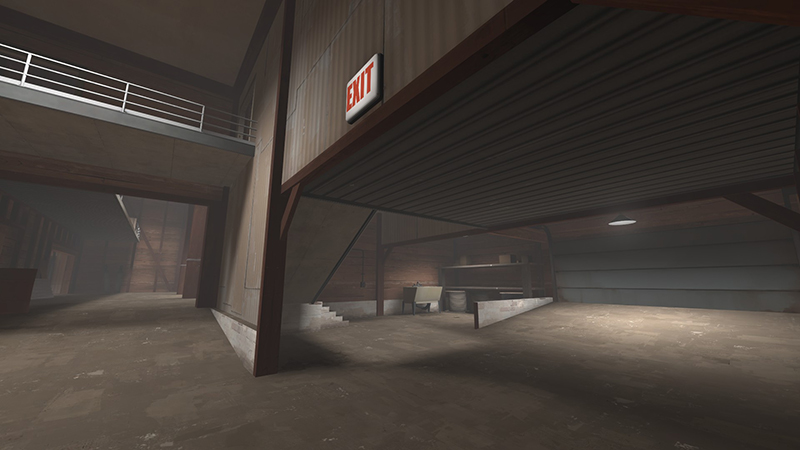
Dropdown Top Left Stairs / spiral Lunchbox |
Last point
| Granary Pro — The last point |
|---|
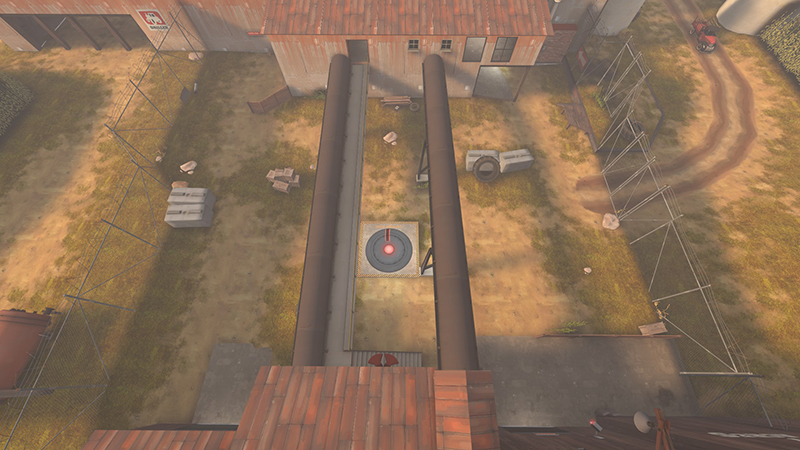
Top right / Window Top left Left Right Left yard Right yard Upper pipe Lower pipe Right spawn Left spawn |
External Links
| List of active competitive Team Fortress 2 maps | |
| 3CP | Warmfrost |
| 5CP | Badlands · Granary Pro · Gullywash · Metalworks · Process · Reckoner · Snakewater · Sunshine · Villa |
| Attack/Defend | Steel |
| King of the Hill | Airfield · Ashville · Bagel · Brazil · Cascade · Clearcut · Coalplant · Lakeside · Product · Warmtic |
| Payload | Badwater · Borneo · Swiftwater · Upward · Vigil |
- ↑ 1.0 1.1 1.2 Template:Cite journal
- ↑ http://www.southhams.gov.uk/index/business_index/ksp_development_and_planning/ksp-development_and_planning-conservation/sp-development_and_planning-barnguide.htm The Barn Guide by South Hams District Council
